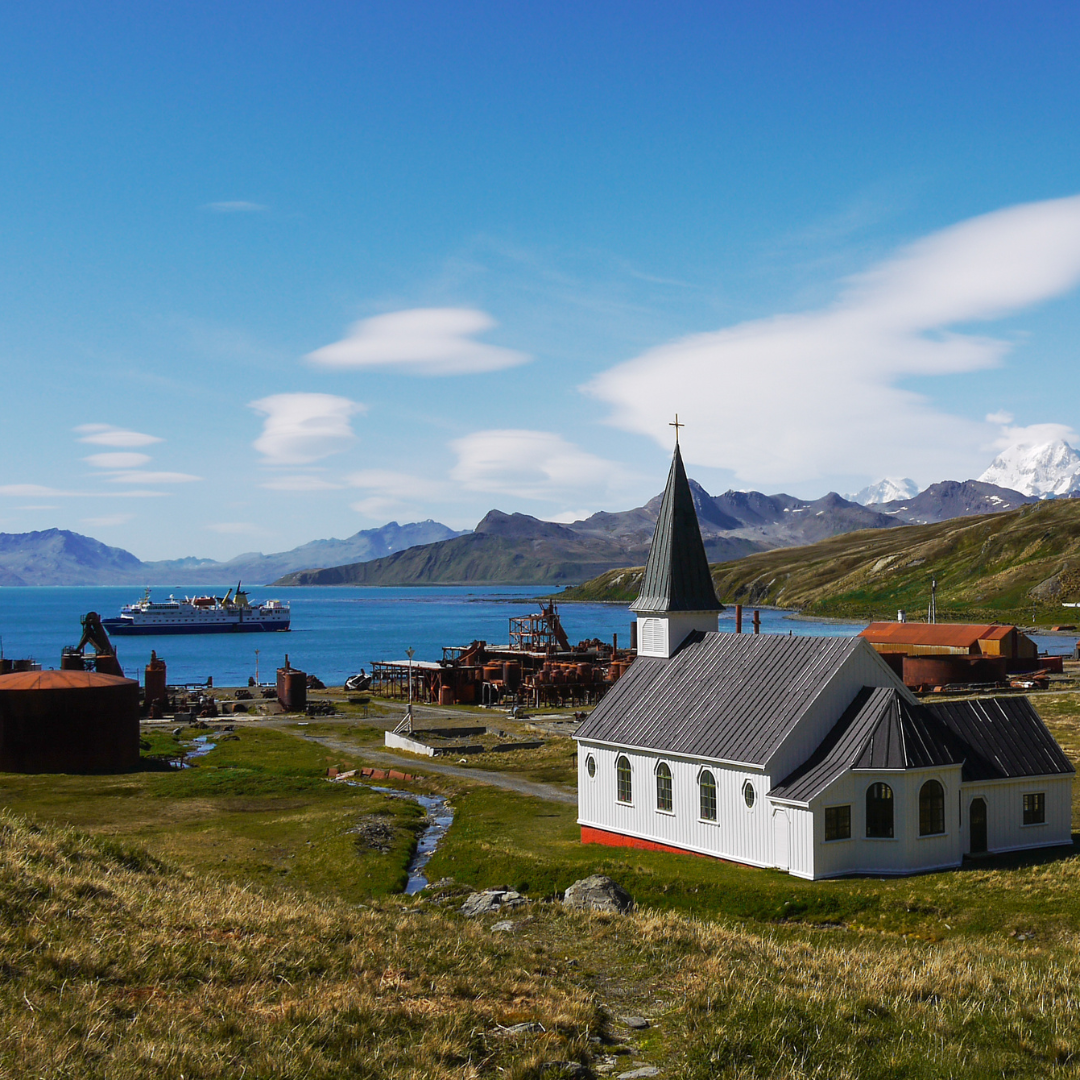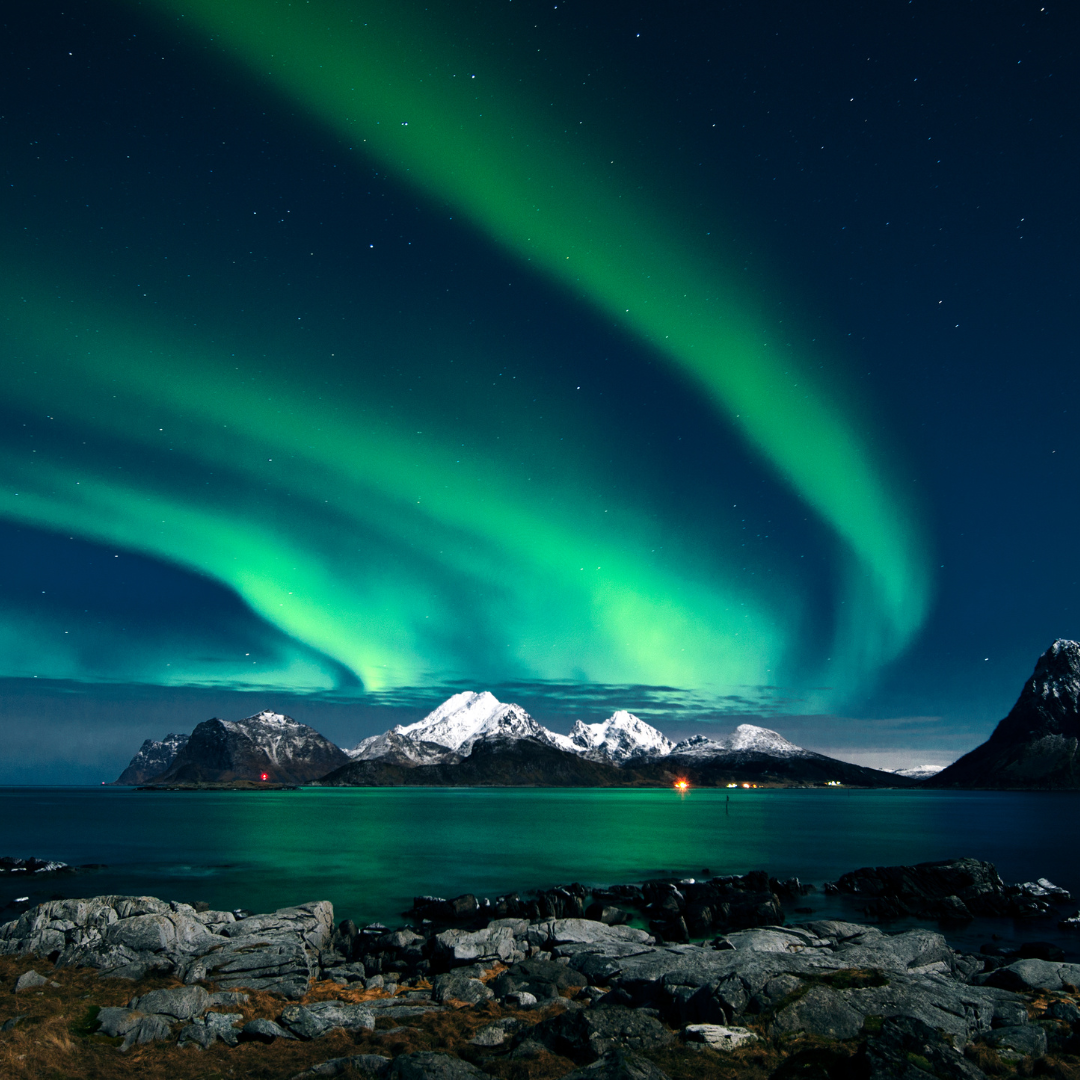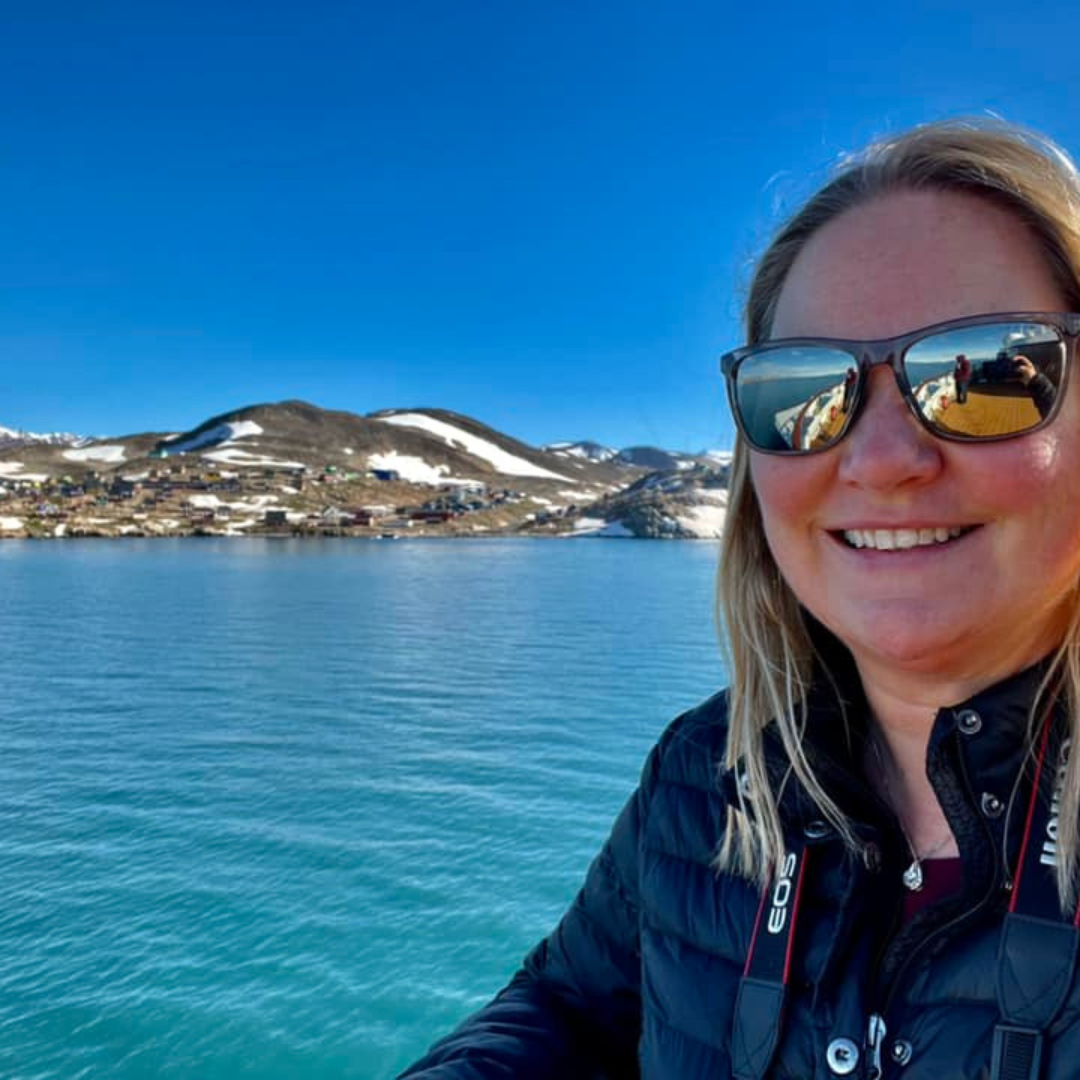South Georgia, a remote and rugged island in the southern Atlantic Ocean, is known not only for its breathtaking landscapes and abundant wildlife but also for its fascinating whaling history. The island’s history is deeply intertwined with the whaling industry, which once thrived here in the early 20th century. Today, South Georgia stands as a testament to the rise and fall of this industry and the remarkable conservation efforts that have since revitalized its ecosystems.
A Whaling Hub in the Southern Atlantic
At the turn of the 20th century, South Georgia became a bustling hub for the whaling industry. Its strategic location made it a prime spot for processing and exporting whale oil and other products. The industry attracted numerous people from around the world, leading to the establishment of whaling stations, with Grytviken being the most famous.
Grytviken: The Heart of Whaling on South Georgia
Grytviken, meaning “Pot Cove” in Swedish, was the largest of the whaling stations on the island. Founded by Norwegian Captain Carl Anton Larsen in 1904, it served as a hub for the whaling industry for several decades. Grytviken was equipped with facilities for processing whales, including huge vats for boiling blubber to extract valuable oil.
Today, Grytviken is a historic site, and its whaling remnants have been preserved as a testament to the island’s industrial past. Visitors can explore the old whaling station, and its rusting machinery, and even pay their respects at the gravesite of the legendary Antarctic explorer Sir Ernest Shackleton, who is buried in the Grytviken cemetery.
The Impact on South Georgia’s Wildlife
The whaling industry in South Georgia had a devastating impact on the island’s wildlife. Whales, including the massive Southern right whale and humpback whales, were hunted to near extinction in the region. Elephant seals and fur seals also faced severe population declines due to exploitation for their blubber, oil, and fur.
Conservation and the Road to Recovery
Fortunately, the whaling industry eventually declined and came to an end in South Georgia in the mid-20th century. In the decades that followed, conservation efforts took center stage. The island, once depleted of its natural resources, began the slow process of recovery.
Today, South Georgia is a shining example of successful wildlife conservation. Whales have returned to its waters, and the island’s beaches are now teeming with seals and penguins. The pristine environment has been preserved and protected, allowing both researchers and tourists to witness the remarkable resurgence of South Georgia’s ecosystems.
Exploring South Georgia’s rich whaling history is a journey into a bygone era when the whaling industry boomed, leaving a lasting impact on the island’s landscapes and wildlife. While the industry is no more, South Georgia’s dedication to conservation has breathed new life into this remote corner of the world, making it a must-visit destination for history buffs, wildlife enthusiasts, and anyone with a passion for exploring the interplay between human activity and the natural world.




